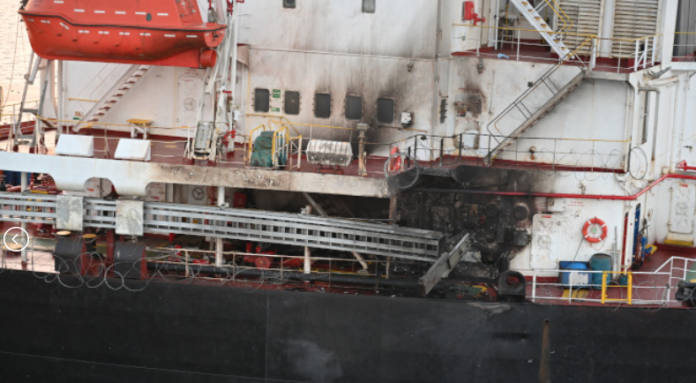By Jennifer Parker*
Last weekend, Israel struck back at the Houthis in Yemen after a fatal Houthi drone attack on Tel Aviv. But it is the Houthi’s persistent and indiscriminate targeting of merchant ships in the Red Sea, Gulf of Aden and Indian Ocean that Australia should be most concerned about. It hurts Australia’s national interests, and it’s time to do something about it.


